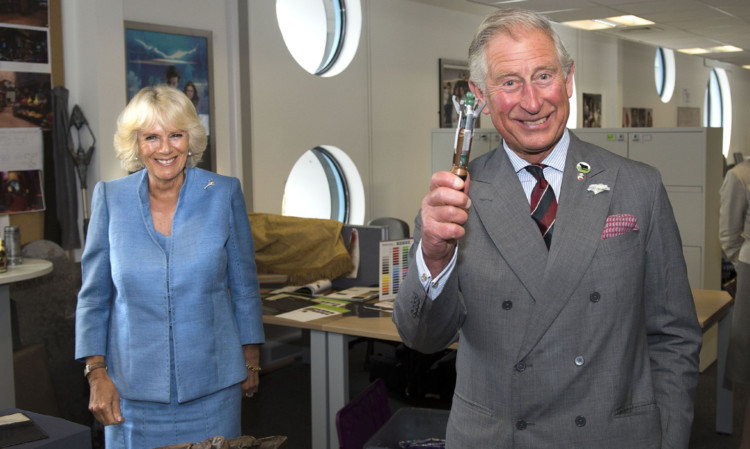Can science fiction become science fact? Helen Brown talks to Dr Mike MacDonald about how futuristic technology has the potential to change and save real lives.
Without going too far back in time, I recall reading, in some youthful swot’s Bible of the sixties such as Treasure or Look & Learn, about the imminent take-over of the world by such futuristic fantasy inventions as jet-packs and paint-on shoes, neither of which, of course, has yet occurred. But where science and science fiction cross over, there is a serious and very practical point to be made about developing ideas that seem at first either arcane or downright crazy and about communicating the complications and implications of everyday science to the people whose lives it might materially affect.
Dr Who’s iconic sonic screwdriver may save the day in the most unlikely of circumstances and the Starship Enterprise’s tractor beam drag people to safety and spacecraft out of danger as they boldly go where no-one had gone before. But real-life science is catching up with some of the wilder notions of popular culture, albeit on a smaller and much more realistic scale than the all-singing, all-dancing gadgets and gizmos of our sci-fi favourites. And these stories and the terms they use are a useful tool to communicate some of the real wonders of this kind of discovery to the lay person who might otherwise remain dazed and confused by the applicance of science.
“The point about Dr Who’s sonic screwdriver,” says Dundee University’s Dr Mike MacDonald, “is that the writers can make it do anything because no-one knows what it actually is! But the basic idea of moving something around without human touch is very much an area of exploration and creativity in science, using techniques of ultrasound in particular. These can be used to generate forces, pushing, pulling or trapping objects, either in the lab on the microscopic scale or when applied to the human body.”
At Dundee, scientists have used energy from ultrasound to form a beam that can both carry momentum to push away an object in its path and, by using a beam shaped like a helix or vortex, cause the object to rotate. Including a new level of control over ultrasound beams, the technique can be applied to non-invasive ultrasound surgery, targeted drug delivery and manipulation of cells or tissue engineering.
Dr MacDonald studied and worked in Switzerland before spending seven years at St Andrews University, spearheading a series of projects leading to the discovery of new optical manipulation technique and cell-sorting technologies. He is currently the head of the Biophotonics research group and a senior lecturer at Dundee University.
Tonight he presents the first Cafe Science event of 2014, a series launched in 2008 that has brought together scientists from across the board and thousands of members of the public.
He added: “The tractor beam story goes back about 12 or 13 years with work that has a purely optical application and it’s the kind of analogy that, when the work has reached a level of maturity, helps people to understand what it’s about.
“The physics behind our sonic screwdriver is pretty esoteric the transfer of orbital momentum! but the concept can be much more easily understood through the Dr Who analogy. That better understanding contributes to areas like cancer treatment, the importance of which anyone can understand.
“I have a joint appointment at the university between the physics and medical departments. Physics is often curiosity-led, intellectually challenging rather than people-oriented, whereas the medical aspect is very much about pushing the boundaries and finding the best route to meet the challenges of major problems like cancers. An interdisciplinary approach like that brings different strengths and different ways of thinking that can be very inspiring to students and to the public.
“When we talk to them, people generally, both adults and children, are very interested and often surprised that they can understand this kind of physics.”
As well as the continuing Cafe Science events, there is also the prospect of greater potential links with the Dundee Science Centre, including an exhibition area linked to the Institute for Medical Science and Technology, with displays that give the public better access to elements of the scientific world and, as Dr MacDonald says: “To the people as well as the widgets and posters!”
Sonic Screwdrivers and Tractor Beams: From Science Fiction to Real Life, takes place at Dundee Science Centre at 6pm tonight. It is free and open to all. There is no need to book in advance but early arrival is recommended.www.cafesciencedundee.co.uk
